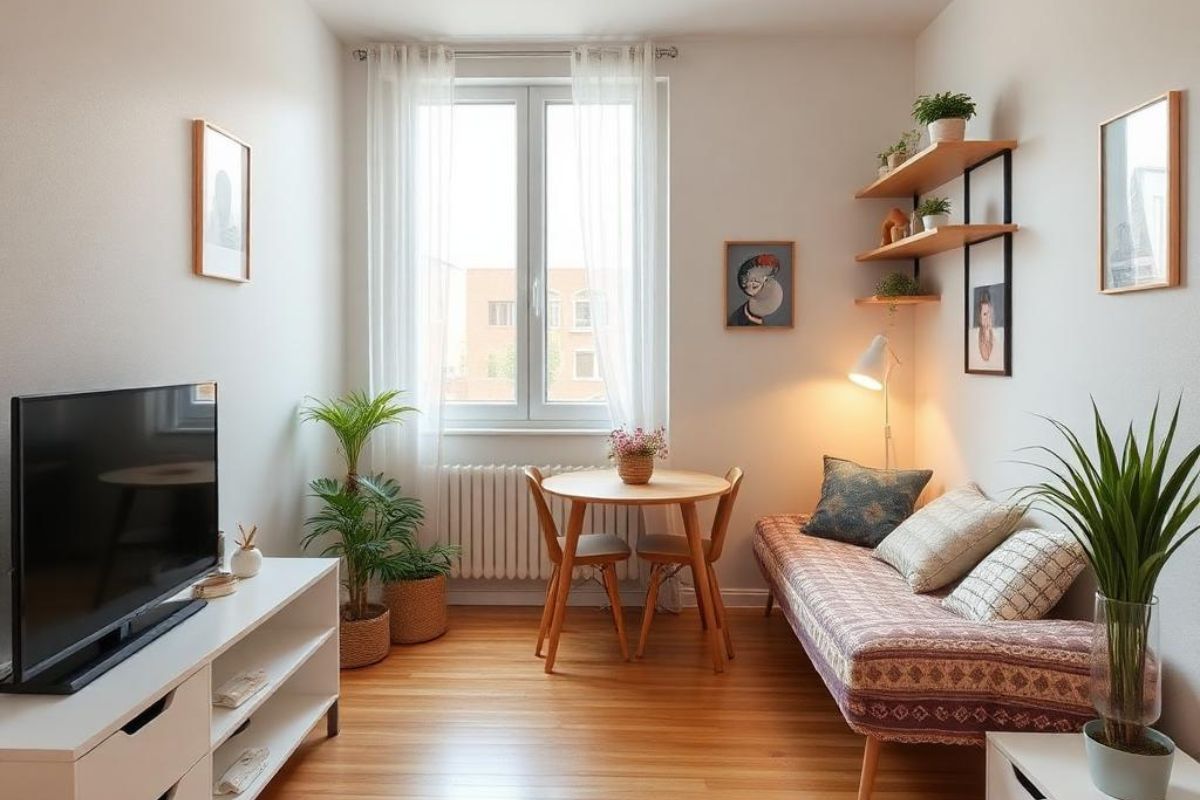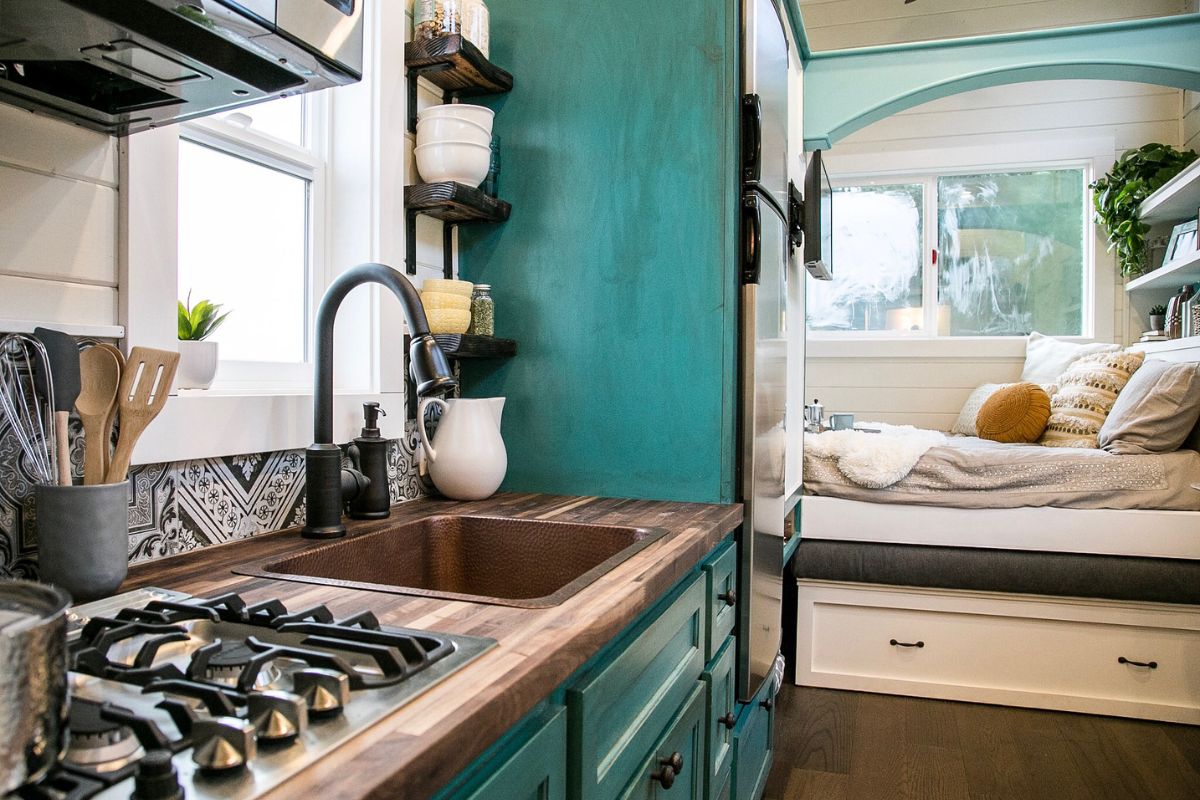A clean and healthy home goes far beyond mere appearances—it forms the cornerstone of our overall well-being and quality of life. Many of us wrestle with common household challenges: dust that seems to reappear moments after cleaning, stubborn allergens that trigger sneezing fits, and the never-ending battle against clutter. Yet effective cleaning routines deliver benefits that transcend visual appeal. They create spaces that protect respiratory health, lower stress levels, and provide a genuine sanctuary from the outside world's demands.
Understanding the Impact of Indoor Cleanliness on Health
Few people realize just how profoundly indoor environments affect health. The Environmental Protection Agency reports a sobering statistic: indoor air typically contains two to five times more pollutants than outdoor air. Dust mites, pet dander, mold spores, and household chemicals silently accumulate, compromising air quality day after day. Consistent, thorough cleaning dramatically reduces these contaminants, lowering the risk of allergic reactions and easing respiratory conditions like asthma.

Household surfaces tell a similar story. The Centers for Disease Control highlights how bacteria and viruses can survive on doorknobs, countertops, and light switches for hours or even days. Regular cleaning of these high-touch areas becomes particularly crucial during cold and flu season or when family members have vulnerable immune systems.
Essential Tools and Supplies for Effective Home Cleaning
Building a thoughtful cleaning arsenal transforms home maintenance from a dreaded chore to a manageable routine. Microfiber cloths stand out as workhorses—they trap dust particles rather than redistributing them across surfaces. Extendable dusters make quick work of cobwebs in ceiling corners and dust on light fixtures that would otherwise require precarious balancing acts on chairs or ladders.
Different flooring demands specialized attention. Hardwood and tile surfaces shine when cleaned with microfiber mops, while carpets require regular vacuuming to extract deeply embedded allergens and pet hair that brooms simply can't reach. A quality vacuums represents one of the most important investments for maintaining indoor air quality.
Round out your toolkit with sturdy scrub brushes for tackling grout lines and textured surfaces, squeegees for streak-free windows, and reusable spray bottles for your cleaning solutions. The right tools not only improve cleaning effectiveness but also reduce physical strain and save precious time.
Creating a Practical Cleaning Schedule
The secret to a consistently clean home isn't marathon cleaning sessions—it's developing a realistic schedule that aligns with your actual life. Breaking tasks into manageable daily, weekly, and monthly categories prevents overwhelming buildup while respecting your time constraints.
Daily maintenance might include a quick 10-minute kitchen reset, wiping bathroom sinks after morning routines, and a five-minute decluttering sweep before bed. Weekly tasks can focus on more thorough bathroom sanitizing, comprehensive floor cleaning, and refreshing bedding. Monthly deeper cleans address often-forgotten areas like window tracks, appliance interiors, baseboards, and ceiling fans.
Key Takeaway: Consistency trumps intensity—brief daily attention prevents the need for exhausting cleaning marathons that nobody looks forward to.

Tackling Common Cleaning Challenges
Every home presents its own cleaning hurdles. Pet owners know the constant battle against fur—regular brushing of pets (ideally outdoors) dramatically reduces indoor shedding, while specialized vacuum attachments help manage the hair that inevitably accumulates. Households with children benefit from simple storage solutions like bins, baskets, and labeled containers that make cleanup intuitive even for young helpers.
Kitchen challenges respond well to natural problem-solving. That baked-on stovetop mess that resists commercial cleaners? Try a paste of baking soda and water left to sit for 15-20 minutes before scrubbing. High-traffic areas maintain their appearance longer when you implement preventative measures like quality entryway mats and a simple shoe removal policy.
Safe and Sustainable Cleaning Practices
The products we use to clean significantly impact both our health and environmental footprint. Conventional cleaning products often contain volatile organic compounds (VOCs) that irritate respiratory systems and contribute to indoor air pollution—sometimes creating problems worse than the dirt they're meant to address.
Transitioning to gentler alternatives—whether store-bought eco-friendly brands or simple homemade solutions using vinegar, baking soda, and essential oils—reduces these risks while often saving money. Even the cleaning tools themselves deserve consideration: reusable microfiber cloths, washable mop heads, and refillable spray bottles dramatically reduce waste compared to their disposable counterparts. When selecting cleaning equipment, prioritize durability—quality tools might cost more initially but create less landfill impact over their longer lifespan.
Maintaining Long-Term Cleanliness and Organization
Perhaps the most powerful cleaning strategy is preventing messes before they happen. Simple habits like processing mail immediately rather than creating precarious paper mountains, following a "one-in-one-out" rule for possessions, and establishing logical homes for frequently used items naturally minimizes clutter.

The most sustainable approach combines preventative organization with responsive cleaning:
* Store cleaning supplies where you actually use them
* Address spills immediately before they become stubborn stains
* Schedule regular decluttering sessions to prevent slow accumulation
* Distribute cleaning responsibilities fairly among household members
The Path to a Healthier Home
Maintaining a clean and healthy home isn't about achieving magazine-worthy perfection—it's about creating sustainable practices that genuinely support wellbeing. By understanding the real health implications of your indoor environment, equipping yourself with appropriate tools, establishing realistic routines, and embracing safer cleaning methods, you create more than just visual appeal—you establish a foundation for better health and peace of mind.
Remember that small, consistent efforts yield far greater results than occasional cleaning frenzies. Start with manageable changes, celebrate improvements, and continuously refine your approach to fit your household's unique needs. The rewards extend beyond surface appearances to meaningful improvements in physical health, mental clarity, and overall quality of life for everyone sharing your space.






Share: